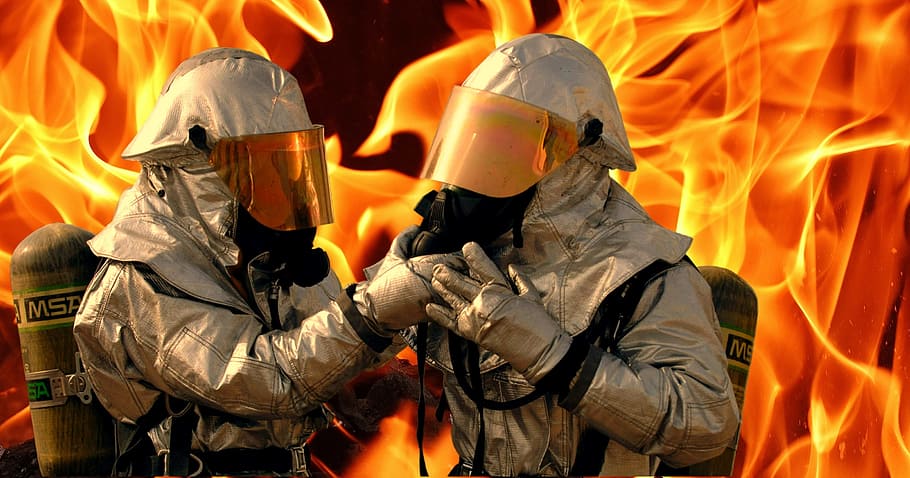
Not all high-heat jobs are the same—so not all aluminized clothing should be either.
From a steel mill to a glass plant to a welding booth, each high-temperature environment has unique hazards, movements, and PPE needs.
If you’re buying aluminized gear based only on looks or price, you’re likely missing the mark—and putting people at risk.
Let’s break down how to select the right aluminized garments for each industry, based on heat exposure type, job role, and safety standards.
Foundries & Metal Casting: Maximum Splash Defense
Key Hazards:
- Molten iron, aluminum, brass splashes
- High radiant + convective heat
- Constant furnace proximity
Recommended Gear:
| Role | PPE Components |
|---|---|
| Furnace operator | Aluminized coverall, hood with face shield, boot covers |
| Pouring line team | Apron, sleeves, spats, back heat shields |
| Tapping crew | Full aluminized suit with leg gaiters and FR underlayer |
Fabric Tip:
✅ Use aluminized fiberglass or carbon blends (ASTM F955 D3/E3 rated)
🔥 Splash protection is non-negotiable—use garments tested for specific metal types and temps.
Glass Manufacturing: Radiant Heat & Proximity Exposure
Key Hazards:
- Prolonged exposure to radiant furnace heat
- Less molten splash, more thermal buildup
- Need for mobility and flexibility
Recommended Gear:
| Role | PPE Components |
|---|---|
| Float line operator | Lightweight aluminized jacket + FR trousers |
| Maintenance tech | Sleeves + apron + helmet hood |
| Batch room crew | FR coveralls + aluminized apron (occasional use) |
Fabric Tip:
✅ Use aluminized aramid (Nomex®/Kevlar®) for better movement and long wear
👷 Mobility and ventilation are key—avoid over-layering.
Welding & Thermal Cutting: Targeted Spark and Heat Shielding
Key Hazards:
- Localized high-heat, sparks, short flame bursts
- Need for dexterity, visibility, and coverage
- Risk of secondary exposure from hot materials
Recommended Gear:
| Role | PPE Components |
|---|---|
| Heavy-duty welder | Aluminized jacket + spats + FR pants |
| Plasma cutter | Apron, sleeves, face shield |
| TIG/MIG welder | FR clothing + aluminized back/arm shield |
Fabric Tip:
✅ Combine aluminized modacrylic blends with base FR layers for lighter protection
⚠️ For arc welding, make sure to combine with arc-rated FR base garments—aluminized layers alone don’t protect from electrical hazard.
Firefighting (ARFF): Radiant Blast & Flash Fire Events
Key Hazards:
- Intense radiant heat from jet fuel fires
- Rapid exposure time but extreme temperature
- Face, torso, and joint protection critical
Recommended Gear:
- Certified NFPA 1976 aluminized proximity suits
- Aluminized helmet + hood combo
- Full-body coveralls with thermal liners
- Oversized boot covers + gloves
🔥 Suits used in ARFF are typically multi-layered, combining aluminized outer shells with moisture + thermal barriers.
Heat-Treating & Thermal Coating Shops: Intermittent High Heat
Key Hazards:
- Repetitive entry into hot chambers
- Contact with hot surfaces or parts
- Less radiant exposure, more conductive risk
Recommended Gear:
| Task | PPE Components |
|---|---|
| Parts handler | Aluminized gauntlets + apron |
| Machine operator | Aluminized coat, sleeves, FR pants |
| Loader/unloader | Boot spats, aluminized gaiters |
Fabric Tip:
✅ Use lightweight aramid or modacrylic-based aluminized gear with good contact heat rating (F1–F3 under EN ISO 11612)
Side-by-Side Comparison by Industry
| Industry | Key Risk | Best PPE Combo | Fabric Type |
|---|---|---|---|
| Foundry | Splash + Radiant | Coverall + Hood + Boot Covers | Fiberglass / Carbon |
| Glass Manufacturing | Radiant | Jacket + Face Shield + Apron | Aramid |
| Welding | Sparks + Heat Zones | Apron + Sleeves + Gauntlets | Modacrylic / FR Mix |
| Firefighting (ARFF) | Flash + Radiant | Full Suit + Hood + Boots | Multi-layered |
| Heat Treating | Contact + Hot Air | Gauntlets + Jacket + Gaiters | Aramid / Modacrylic |
What to Ask When Buying for Specific Industries
- What heat source(s) are present? (radiant, contact, splash)
- What is the typical exposure time per shift?
- Do workers need full-body or partial task-based coverage?
- Is mobility or durability more important?
- Are certifications required (ASTM, NFPA, EN)?
- Will garments be worn over FR base layers or alone?
At workwearsolutions, we match garment specs to industry hazards—not guesswork.
Conclusion
Aluminized PPE is not one-size-fits-all.
Each industry has its own mix of risks—and deserves a carefully selected combination of garments to match.
As a buyer:
- Know your environment
- Understand the hazard types
- Choose fabric and coverage based on the task
- Always request certifications relevant to your industry
Need help selecting the right aluminized system for your foundry, glass plant, welding shop, or fire team? We’ll help you design gear that fits the job—and stands up to the heat.
📩 Contact: [email protected]
🌐 Visit: www.workwearsolutions.net
Zion Zhang
Recent Posts
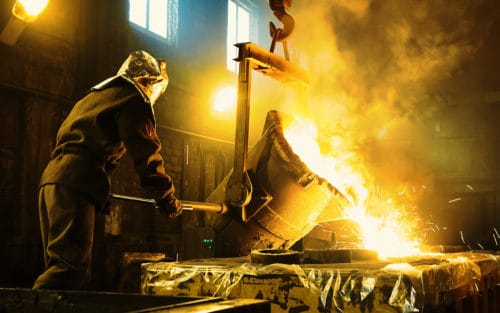 Designing an Aluminized PPE Program: From Risk Assessment to Worker Training2025年7月8日Buying aluminized PPE is just the beginning. Without a […]
Designing an Aluminized PPE Program: From Risk Assessment to Worker Training2025年7月8日Buying aluminized PPE is just the beginning. Without a […]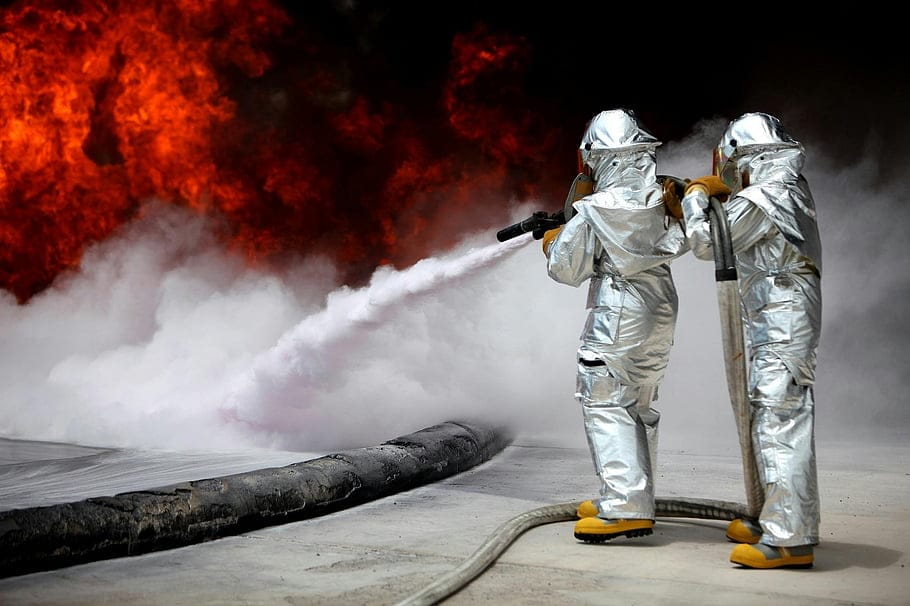 Global Compliance for Aluminized Clothing: Export Standards for USA, EU, Middle East, and Asia2025年7月8日Aluminized PPE is only effective when it’s compliant—and […]
Global Compliance for Aluminized Clothing: Export Standards for USA, EU, Middle East, and Asia2025年7月8日Aluminized PPE is only effective when it’s compliant—and […]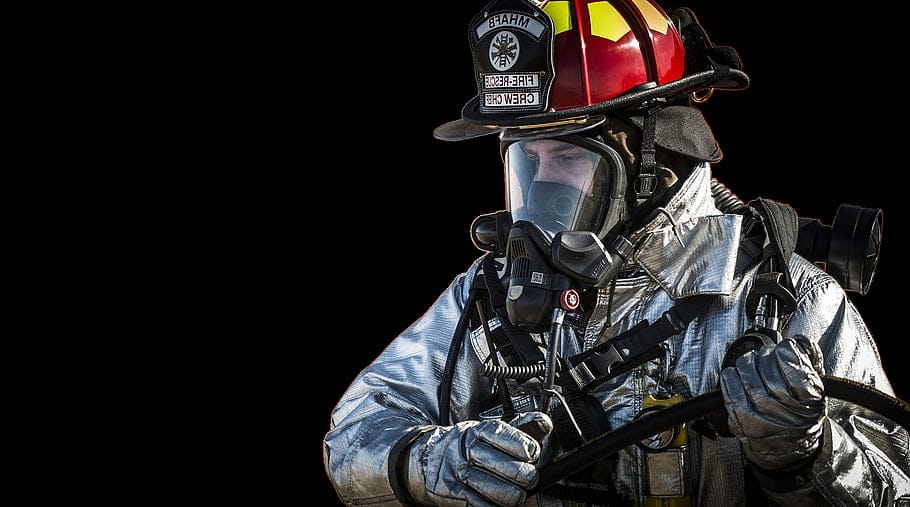 Aluminized Clothing Maintenance Guide: Cleaning, Storage, and Inspection Best Practices2025年7月8日Aluminized PPE isn’t cheap—and it’s not meant to be […]
Aluminized Clothing Maintenance Guide: Cleaning, Storage, and Inspection Best Practices2025年7月8日Aluminized PPE isn’t cheap—and it’s not meant to be […]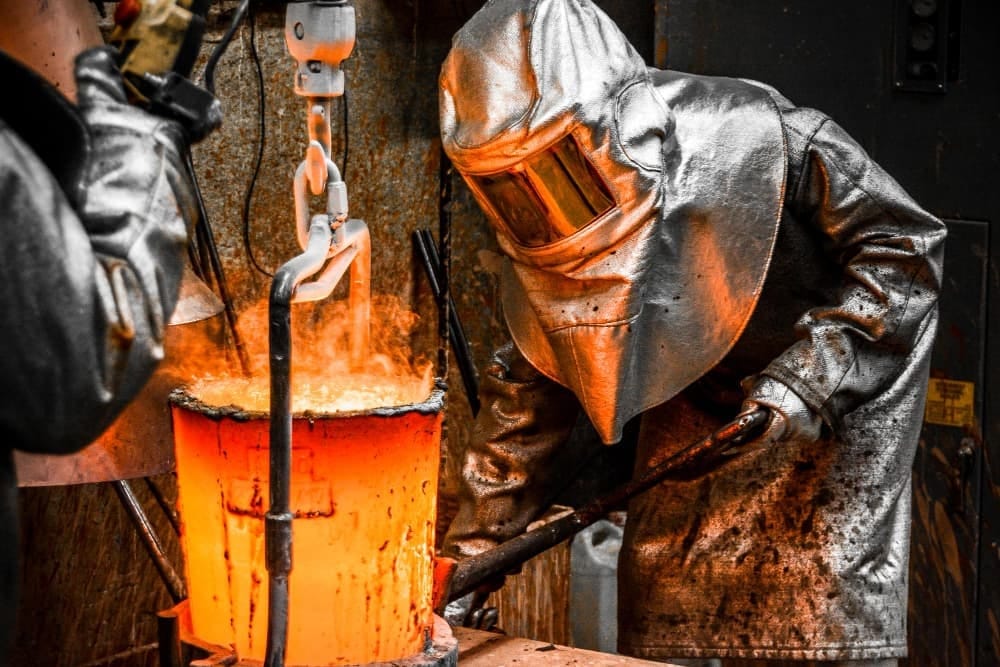 Common Mistakes in Using Aluminized PPE—and How to Avoid Them2025年7月7日Aluminized PPE looks tough—but it’s not invincible. In […]
Common Mistakes in Using Aluminized PPE—and How to Avoid Them2025年7月7日Aluminized PPE looks tough—but it’s not invincible. In […]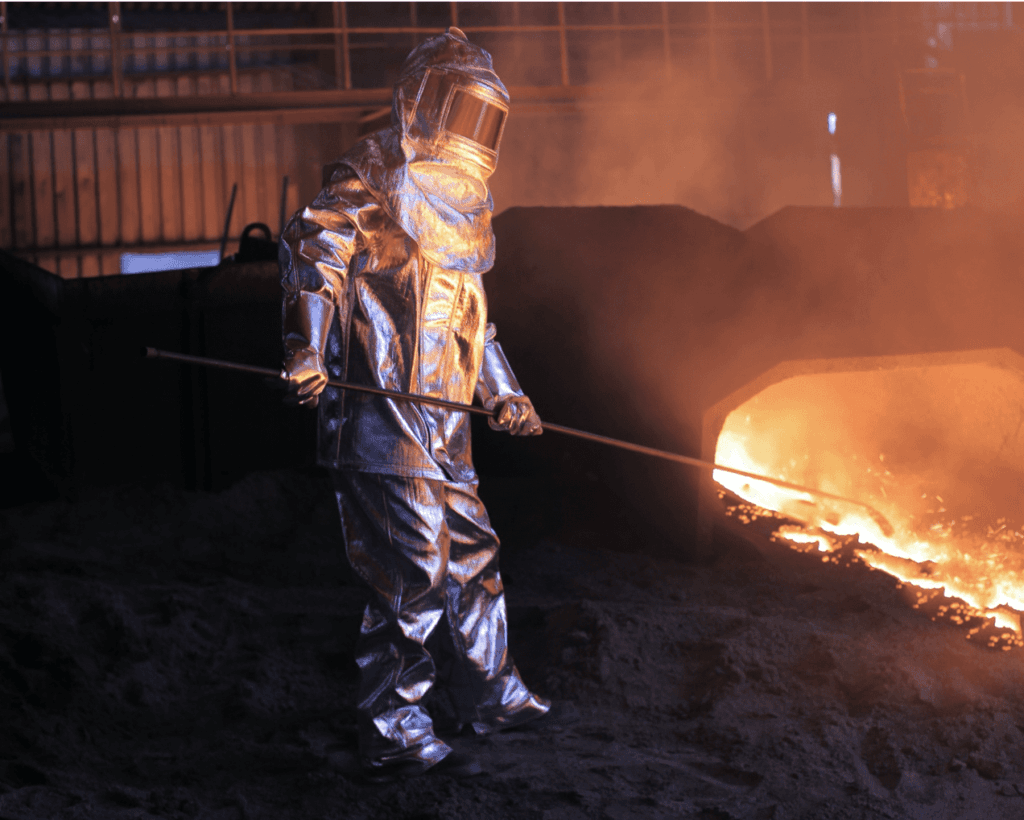 Aluminized PPE vs. Standard FR Clothing: What’s the Difference and When to Use Each?2025年7月7日Not all fire-resistant clothing is created equal. When […]
Aluminized PPE vs. Standard FR Clothing: What’s the Difference and When to Use Each?2025年7月7日Not all fire-resistant clothing is created equal. When […]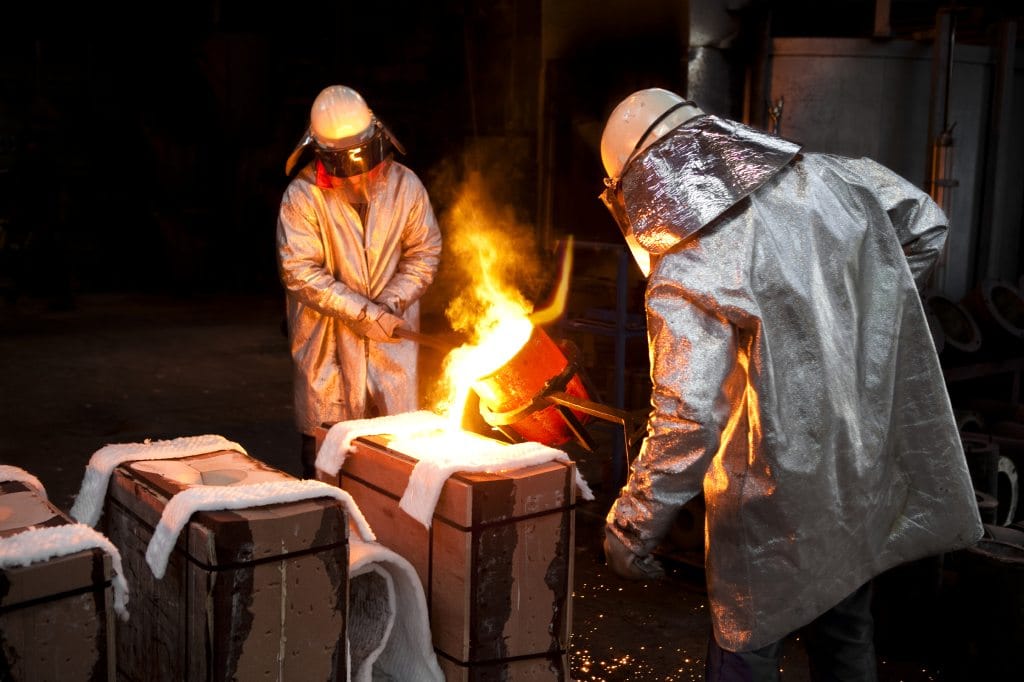 Standards for Aluminized PPE: ASTM F955, NFPA 2112, EN ISO 11612 Explained2025年7月7日"Is this aluminized suit certified?" It’s one of […]
Standards for Aluminized PPE: ASTM F955, NFPA 2112, EN ISO 11612 Explained2025年7月7日"Is this aluminized suit certified?" It’s one of […]
CONTACT US
- Feel free to contact us any time. We will get back to you as soon as we can!
- +86-17330061805
